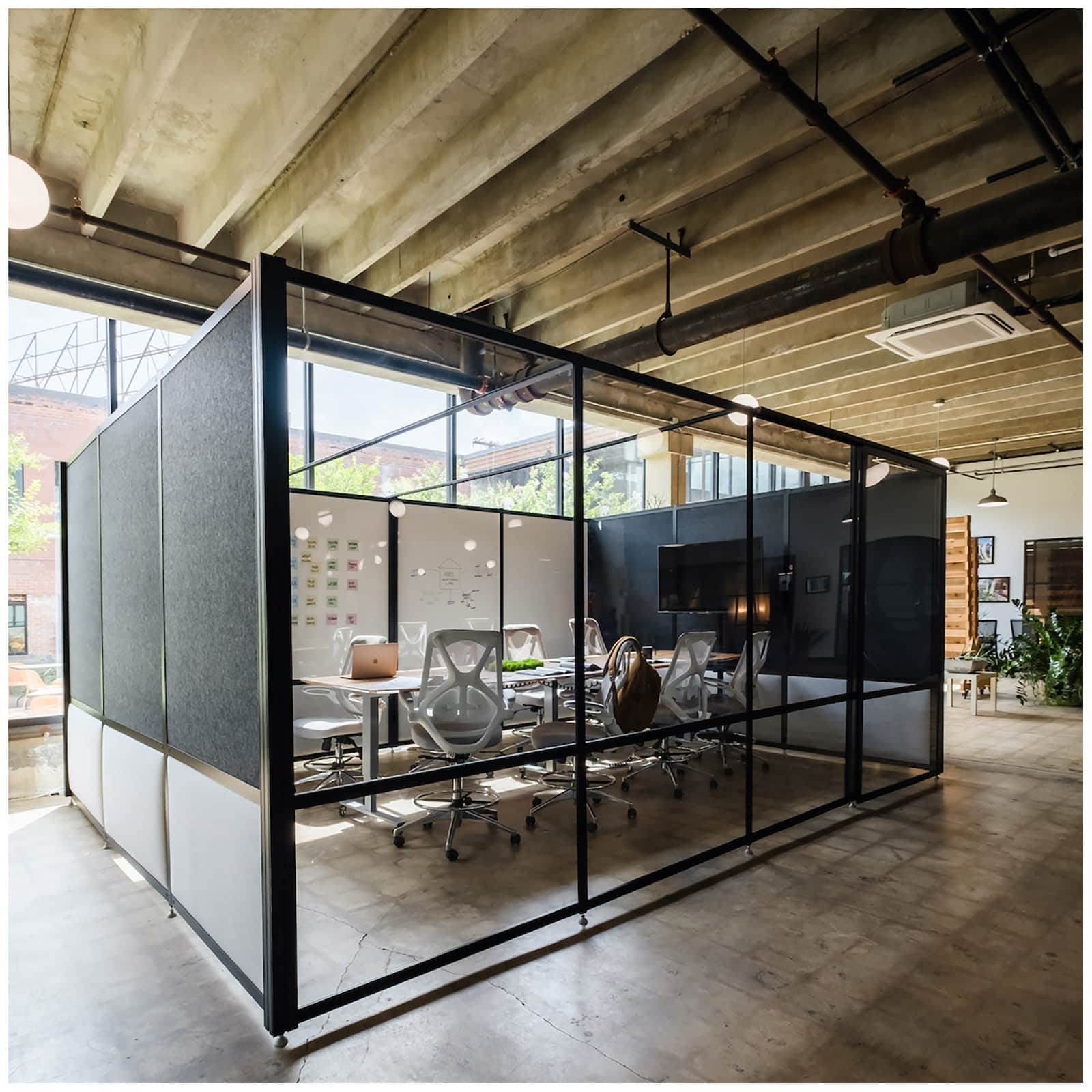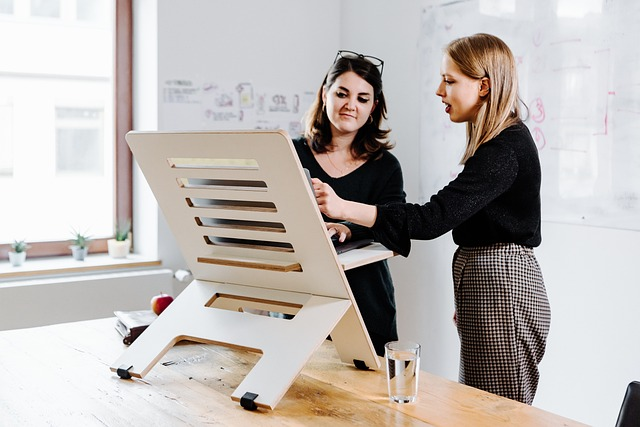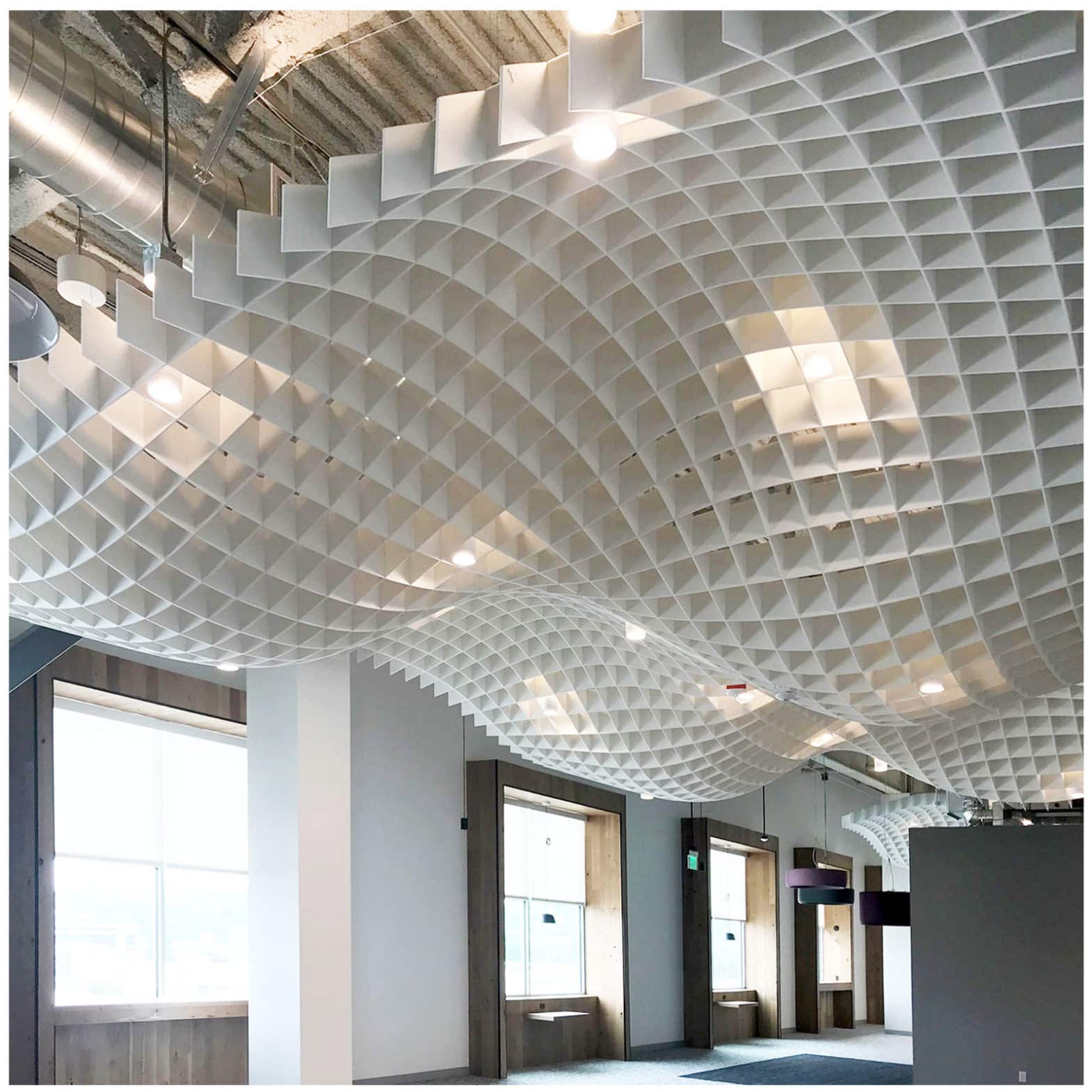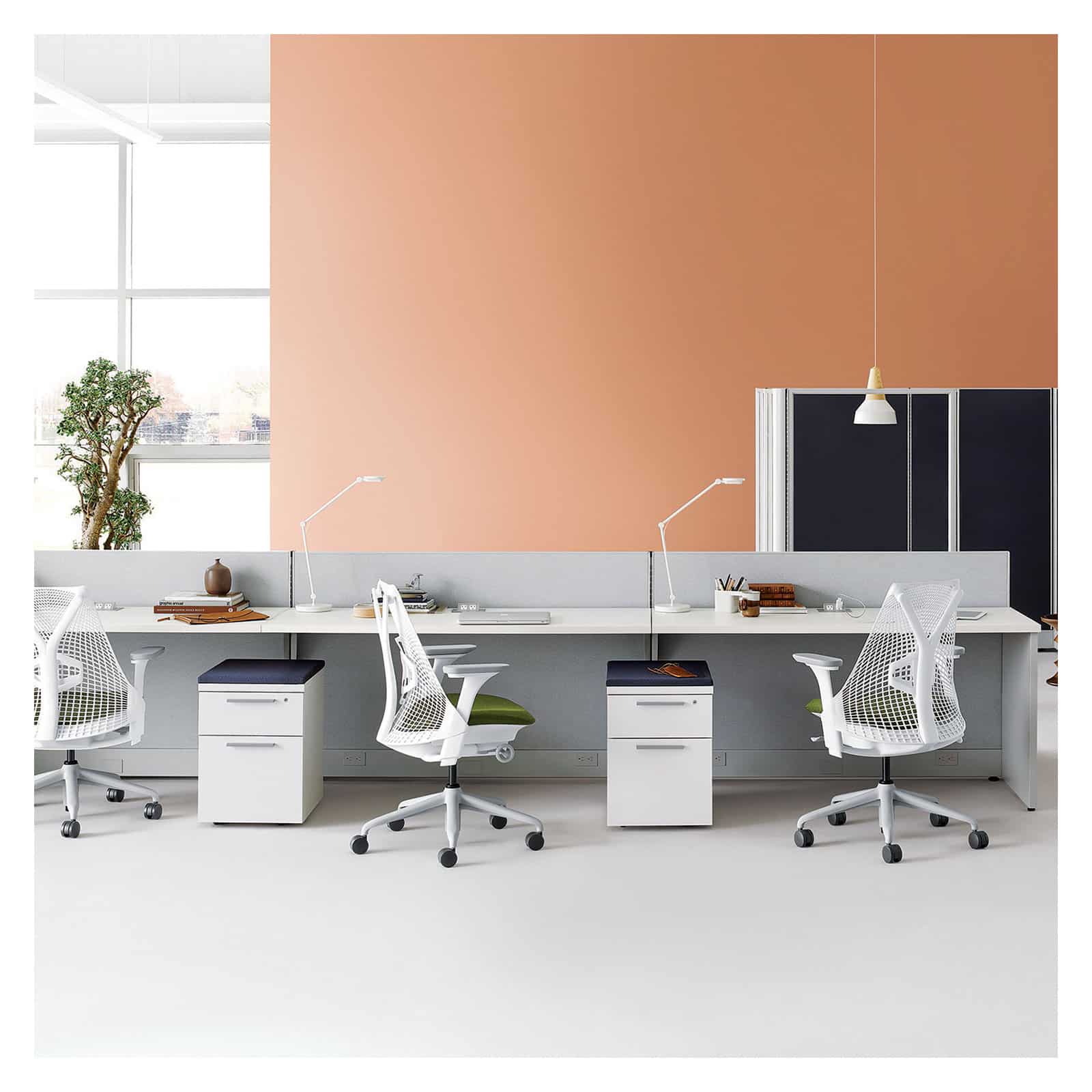Environmental degradation is a global concern. To curb human activities’ escalating damage to the environment, governmental and non-governmental organizations are scrutinizing every aspect of our daily lives. And office furniture, an integral component of workspaces worldwide, is among the areas of concern.
The environmental effects of our choices in this domain are far-reaching, prompting a pivotal comparison between traditional and sustainable office furniture. From standing desks to tables and task chairs, you need sustainable furniture from eco-friendly materials.
Explore the features and differences between these two contrasting approaches. This will help you embrace sustainable office furniture and positively impact your surrounding.
What Impact Does Traditional Office Furniture Have on the Environment?
Traditional office furniture, such as chairs, cabinets, and computer stands, are made of wood, metal and plastic. Whereas some of these materials make quality office furniture, plastics and adhesives contain volatile organic compounds which are hardly eco-friendly.
While manufacturing these materials, you witness high carbon emissions and wood waste. This increases the carbon footprint in the atmosphere, which lowers environmental sustainability standards.
Other effects of traditional office furniture on the environment include:
-
Global warming. Carbon dioxide and other gasses accumulate in the environment leading to global warming.
-
Energy waste. Metal, plastic and wood require high energy to process. This frustrated the efforts of governments and other organizations committed to conserving natural resources and energy.
-
Material waste. During processing, office fixtures such as shelves, drawers, and cabinets waste wood and metal. These materials are not easily recyclable, which interferes with zero waste commitment.
Environmental Benefits of Sustainable Furniture
Unlike traditional furniture, sustainable office desks, chairs and other furniture are made from sustainable materials. These include FSC-certified wood and plastic with low emissions.
Consider green office furniture if you plan to have a new standing desk or task chair in your home office or organization workspace. Here are the benefits you will enjoy.
Eco-friendly and Renewable Materials
Sustainable office furniture is made from eco-friendly and renewable materials. They embrace the essence of responsible design and natural beauty. For example, a desk for work or home offices made of bamboo and reclaimed wood resonates with natural beauty. Besides that, it reduces reliance on finite resources.
Beyond adorning your offices with aesthetic allure, such furniture prioritizes the health of occupants and the planet. They seamlessly integrate form and function, creating harmony with nature.
Embrace FSC-certified wood and other friendly materials and increase the potential for sustainable practices to enhance personal comfort and global welfare.
Disassembling Feature and Recyclability
We often change offices or upgrade. Whether you want to modify your office’s mid-century style desks or upgrade the standing desks for your team to the latest design, the disassembling feature comes in handy.
Recyclability of office furniture also constitutes a pivotal stride towards sustainable practices. This innovative approach not only emphasizes adaptability but also addresses the lifecycle of the furniture. Components that you can easily disassemble to promote efficient transportation. What more? The recyclability of materials used in these furnishings, such as metals and responsibly sourced wood, adds an environmentally conscious layer.
As a result, these pieces offer longevity that extends beyond trends. You can seamlessly transition from one workspace to another or reenter the material stream when its lifecycle ends. This holistic view of design enhances responsible consumption while catalyzing a positive shift in the industry’s ecological impact.
Energy Efficient Production
Energy-efficient production stands as a cornerstone of sustainable office furniture creation. This practice employs advanced technologies and streamlined processes to minimize energy consumption during manufacturing.
By optimizing resource utilization and integrating renewable energy sources, the production phase significantly reduces carbon emissions and environmental strain. This approach aligns with modern, eco-conscious values, fostering a greener future.
Energy-efficient production lessens the ecological footprint and showcases industries’ potential to operate harmoniously with the planet. This reinforces the importance of responsible production in pursuing a more sustainable global landscape.
Low Carbon Emissions
The commitment to low carbon emissions is a defining trait of eco-friendly businesses. Certified B Corps businesses pledge to perform within standards that promote social and environmental well-being.
These companies prioritize sustainable operations and adopt practices like carbon-neutral shipping to mitigate their ecological impact. Acquiring Green-guard Gold certified furniture reflects their dedication to indoor air quality, emitting minimal pollutants.
They also embrace green energy sources, optimize transportation, and employ carbon offset strategies. These reduce carbon footprints.
This mindful approach aligns with environmental goals and consumer preferences for environmentally-responsible products. Through such initiatives, low carbon emissions showcase a dedication to fostering a healthier planet and exemplify how sustainable practices can flourish in office furniture.
Circular Economy Growth
A company embracing circular economy growth shifts from linear models to sustainable loops. For example, you should prioritize using recycled materials and ensure high production standards for office furniture. You can achieve this by creating sitting solutions incorporating recycled components while maintaining durability and aesthetic appeal.
This approach minimizes waste and maximizes the durability of products, exemplifying a sustainable ethos where materials are reused. This reduces strain on resources and fosters an economic cycle of production and consumption.
Allows for Refurbishment
You need to refurbish your workplace occasionally. Office furniture that allows for refurbishment, such as desks, embodies a sustainable mindset. Water-based stains that preserve its style offer flexibility for future modifications. This characteristic extends the furniture’s lifespan, accommodating changing needs and maximizing office space utilization. This approach minimizes waste and promotes a greener, resource-conscious office environment by encouraging refurbishment over replacement.
Low Impact on Indoor Air Quality
Your employees need a healthy working environment. Choosing sustainable fixtures such as minimalist desks, shelves, and tables goes a long way to ensure their safety. As you shop for materials for your office furniture, choose dealers who have imposed measures in their supply chain to protect the environment.
You may acquire used furniture for a startup or to expand your business. In that case, ensure the furniture is Greenguard certified to protect your workers from dangerous chemical emissions.
Traditional vs Green Office Furniture
Traditional furniture often emphasizes immediate style and comfort but might not consider long-term impacts. Green furniture, however, offers modern styles designed for sitting with ergonomic considerations for prolonged sitting comfort.
It also has the potential for longer life due to durability. Traditional furniture can contribute to landfill when replaced, while green furniture’s recyclable or biodegradable materials reduce this impact.
Certifications like FSC (Forest Stewardship Council) and Greenguard indicate a commitment to sustainability, a hallmark of green furniture. For long-term comfort, you should shift towards eco-conscious choices, prioritizing style and the environment.
Transitioning to Sustainable green Furniture
Transitioning to sustainable office furniture entails a conscious shift towards eco-friendly choices. Replace conventional pieces with environmentally responsible alternatives. Prioritize materials like reclaimed wood and recyclable components. By making deliberate selections, you align your workspace with sustainability goals. This shift reduces your environmental impact and sets an example for a more responsible approach to office design and consumption.
Choose Sustainability and Conserve the Environment
Choose sustainable office furniture that harmonizes style with environmental responsibility for a greener future in your workspace. To achieve this, you should opt for certified pieces that minimize carbon buildup in the atmosphere and support circular economy principles.
Make informed decisions, considering longevity and recyclability. Your choices matter – together, we can create office spaces that inspire productivity while treading lightly on the planet. Embrace the power of sustainable furniture to transform your workspace, home and the world.
FAQs
-
How fast does furniture affect my surroundings?
The furniture can affect you immediately, depending on the material and prevailing weather.
-
What impact does traditional furniture have?
Traditional desks and other office equipment are less durable and emit harmful gases during manufacture.
-
What are the benefits of sustainable workplace furniture?
Sustainable furniture is eco-friendly and easy to refurbish. They are also durable.






